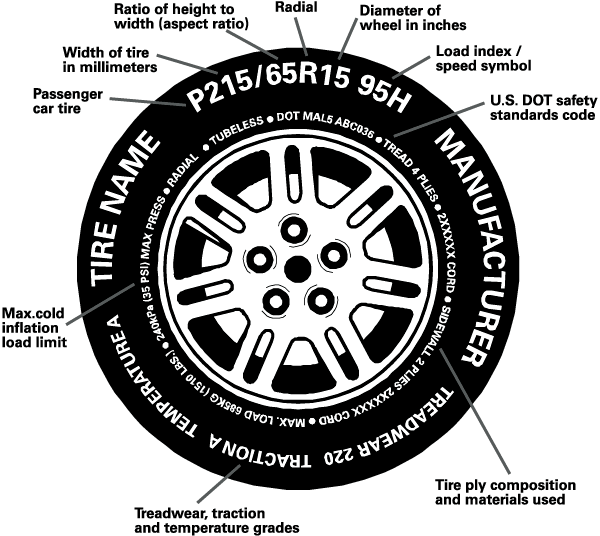At Bankrate, we strive to help you make smarter financial decisions. To help readers understand how insurance affects their finances, we have licensed insurance professionals on staff who have spent a combined 47 years in the auto, home and life insurance industries. While we adhere to strict , this post may contain references to products from our partners. Here's an explanation of . Our content is backed by Coverage.com, LLC, a licensed entity (NPN: 19966249). For more information, please see our .
As a vehicle owner, getting a flat tire is one of the biggest headaches you can face. But while flats are extremely common, getting a flat tire can actually be very dangerous, depending on the situation, like the road you are driving on and your speed. For example, if you blow out a tire in the middle of a busy highway going 75mph, it can affect your car’s handling and increase the risk of a serious accident.
Flat tires are not always unavoidable, but there are ways to reduce the risk of getting a flat while you are driving. In this article, we’ll discuss some key facts and statistics about flat tires, explain what to do in the event of a flat and share some tips for avoiding flat tires in the first place.
Many drivers will experience a flat tire at some point during their lifetime. Even the most durable tires wear down and weaken. Not to mention, roads often contain potholes, sharp nails, debris and other objects that can easily puncture a tire and cause a flat. Here are some statistics about flat tires in the United States:
Auto Car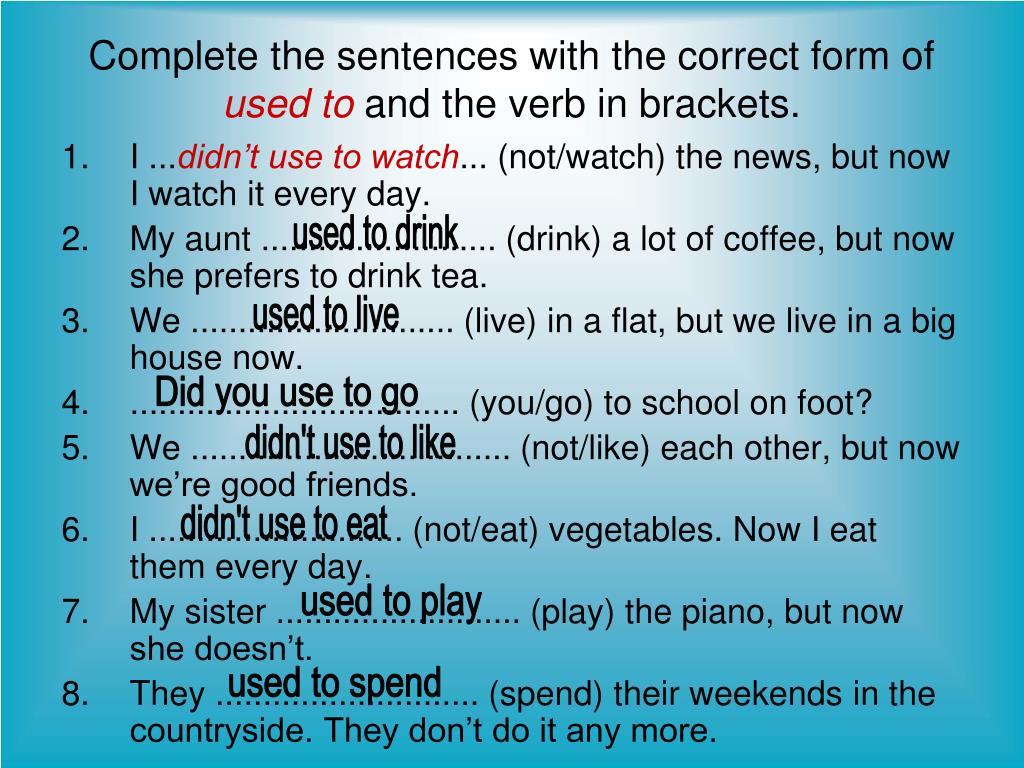 (Torque News)
(Torque News) You might assume that flat tires are only caused by punctures from road debris or sharp objects. But in reality, there are many variables that can cause a flat tire. Here are some of the most common causes of flat tires:
 It’s important to replace your tires once they start to wear out, even if the tires look like they are in good condition on the exterior.
It’s important to replace your tires once they start to wear out, even if the tires look like they are in good condition on the exterior. Valve systems can get damaged when installed incorrectly, or the wrong tape is used.
Valve systems can get damaged when installed incorrectly, or the wrong tape is used.If you aren’t sure what to do after getting a flat tire, you are not alone. Many people are not equipped to change a flat tire on their own. However, you typically have a few options after getting a flat, depending on the supplies you have available. Here’s what to do if you get a flat tire.
You can change a flat tire yourself if you have a spare and are prepared with the necessary tools. Below are some things you should keep in your emergency kit in your vehicle:
 Keep road reflectors or flares in your car in case you need to change a tire on the highway or in another high-traffic area where you might not be easily visible.
Keep road reflectors or flares in your car in case you need to change a tire on the highway or in another high-traffic area where you might not be easily visible. You can find the recommended psi on the side of the spare tire.
You can find the recommended psi on the side of the spare tire.If you don’t have a spare tire in your vehicle and you get a flat, there are some ways to fix a flat until the tire can be replaced. This typically involves plugging the hole where the air is leaking out. Here are a few methods for temporarily fixing your flat tire:
 However, you might have to remove the tire in order to use the plug, depending on where the leak is located. Plugged tires can be driven on for roughly 10 miles, so you still need to get the tire replaced as soon as possible.
However, you might have to remove the tire in order to use the plug, depending on where the leak is located. Plugged tires can be driven on for roughly 10 miles, so you still need to get the tire replaced as soon as possible.Ultimately, many drivers who get flat tires choose to call roadside assistance to help them get back on the road. Roadside assistance can provide basic vehicle repairs and towing, including flat tire changes, battery replacement, fuel delivery, extrication and sometimes locksmith services.
There are a few ways to get roadside assistance. One option is to purchase a plan through an organization like AAA, which has an annual membership fee and offers several tiers of coverage.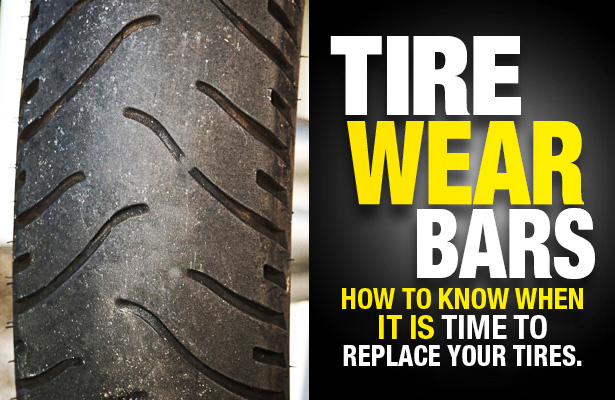 You can also get roadside assistance through most car insurance companies for a small increase in your monthly premium.
You can also get roadside assistance through most car insurance companies for a small increase in your monthly premium.
If you’re interested in purchasing a roadside assistance plan, it’s a good idea to compare a few options and get quotes to see which one is the cheapest one. You should also pay attention to the benefits you receive with each plan, as every roadside assistance package offers different services, maximum towing mileages and availability.
Car insurance will cover a flat tire, but it depends on the specific situation. For example, if your car gets vandalized and someone slashed the tires, the comprehensive portion of your car insurance policy would pay to replace the tires (minus your deductible). However, car insurance companies would not pay for new tires if you got a flat due to road debris, temperatures or general wear and tear.
If you get a flat tire, whether it’s caused by vandalism or a random act, keep in mind that you don’t necessarily have to replace the tire. Depending on the type of damage and the severity of the leak, you may be able to patch the tire instead, which could help you save a significant amount of money. The cost of a brand new tire can range anywhere from $100 to $300 on average, whereas a patch only costs $15 to $30 on average.
Depending on the type of damage and the severity of the leak, you may be able to patch the tire instead, which could help you save a significant amount of money. The cost of a brand new tire can range anywhere from $100 to $300 on average, whereas a patch only costs $15 to $30 on average.
You might assume that a flat tire is just an inconvenience, but in reality, tire blowouts can cause accidents, including both multi- and single-vehicle crashes. For instance, if you get a flat tire on a busy roadway, you might lose control of the vehicle and swerve into oncoming traffic. Or, you might run into a stationary object, like a telephone pole or fence.
Auto CarFlat tire accidents are more common than you may think—here is some data to be aware of:
 (Consumer Reports)
(Consumer Reports) Flat tires are not entirely preventable, but there are easy ways to lower your risk of getting a flat or blowing a tire while driving. Here are a few tips:
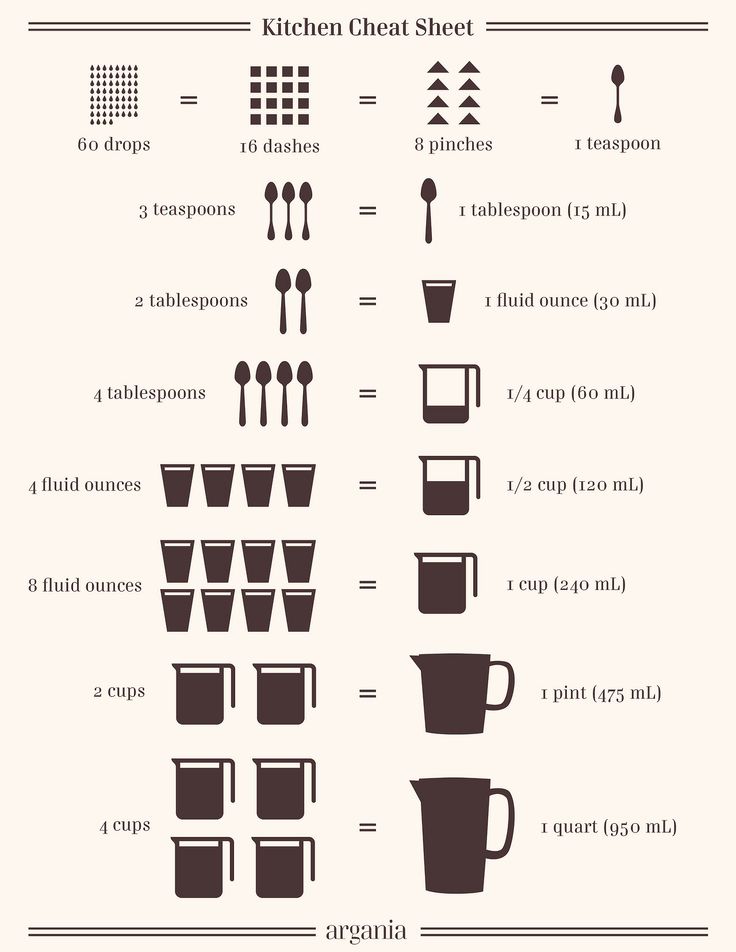 In general, it’s a good idea to check your tire pressure every few weeks, and always before going on a long road trip.
In general, it’s a good idea to check your tire pressure every few weeks, and always before going on a long road trip.
Whether you’re experiencing far more flat tires than usual or are simply determining whether you need a repair kit or not, knowing the statistics behind flat tires is essential for making these decisions.
Everyone will likely experience flat tires regularly. However, how many flat tires are normal? When does the frequency of flat tires indicate an underlying problem? Here’s what I was able to figure out!
On average, motorists will get 5 flat tires in their lifetime. In some situations, car owners might be unlucky and get 2 – 3 flat tires in a single year, which is just a coincidence. However, if you keep getting flat tires, it could be caused by bad roads, excessive driving, low tire pressure, or poor wheel alignment.
To learn more about why your tires might be going flat, how to detect it, and more, keep on reading!
There are several reasons you may experience a flat tire – but your tire randomly going flat is not one of them.
In most cases, puncture holes are pretty easy to identify. However, poor seals, improperly fighting tire valves, and a malfunctioning repair can cause flat tires.
As you might expect, some of these causes are difficult to determine. For instance, you may have gotten your tire repaired miles ago, only for it to malfunction now. In these cases, it may seem like your tire is randomly going flat.
However, there is absolutely some reason for your tire going flat – even if you don’t know what that reason is.
In some cases, your tires may go flat a bit more often than you’d expect. Understandably, these situations can seem a bit suspicious.
Statistically, the average person gets about five flat tires in their lifetime. If you’re getting more than one a year, there may be an underlying reason for your flat tires – and not just bad luck!
Firstly, tire age can be a contributing factor. The NHTSA recommends changing your tires every six to ten years regardless of wear.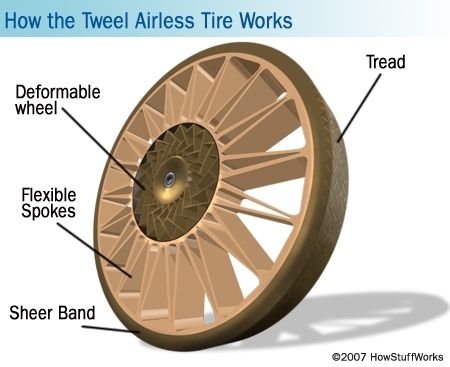
To determine tire age, check the TIN – the last four digits indicate the week and year the tire was made.
Secondly, dry rot can severely damage your tire’s sidewall. Unlike what the name suggests, this type of rot isn’t caused by bacteria or fungus.
Instead, several conditions can cause dry rot, including:
Thirdly, improper tire pressure can lead to flat tires. In some cases, you may not even know that your tire pressure is low. In some cases, your Tire Pressure Monitoring System may malfunction, leading to more flat tires.
At the same time, a malfunctioning TPMS system can make you believe that your tire is low on pressure when it isn’t.
Fourthly, a leaky tire bead can cause flat tires in some cases. In other words, the rubber edge where your tire fits the wheel can leak.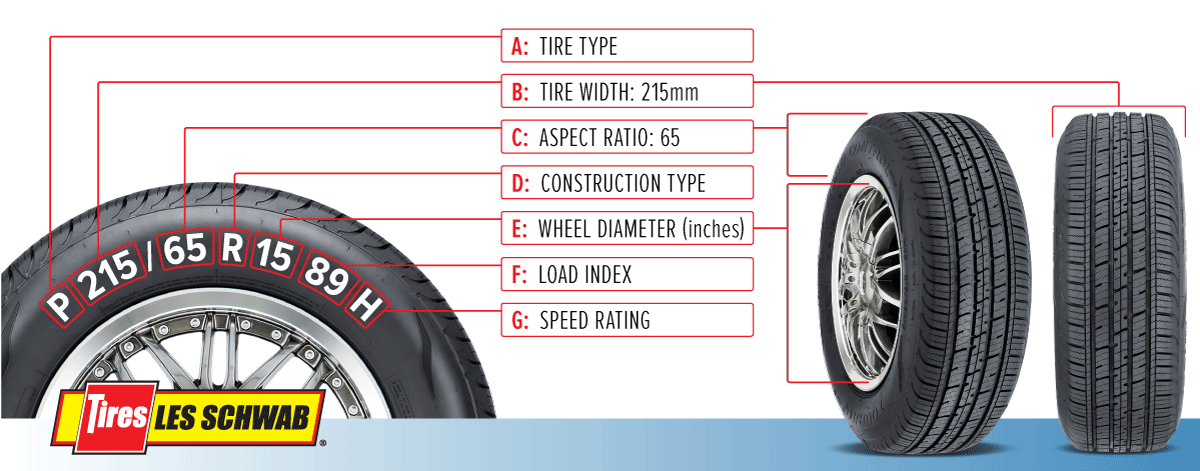 Usually, this area is airtight – but it can malfunction.
Usually, this area is airtight – but it can malfunction.
Usually, these leaks are the result of improperly installed tires. For this reason, we highly recommend seeking professional help when putting your tires on.
Finally, a faulty valve stem can also cause flat tires. Specifically speaking, the valve of a wheel regulates tire pressure.
In some cases, these valves can malfunction. Even if the tire is OK, the valve can become damaged by moisture, road salts, and UV rays.
In other words, they get old too!
When damaged, these valves can lead to low tire pressure, leading to flat tires.
There are 220 million flat tires in the United States every year. In other words, that is about seven tire punctures each second.
That puts you at a decent risk of getting a flat tire yourself this year. Therefore, we highly recommend knowing how to change a flat tire and having the correct equipment nearby (which about 60% of people don’t know how to do).
Of course, having a spare and the correct tools needed to change a flat tire is also essential.
Sadly, there is not a certain number of flat tires you should be getting. However, if you’re getting more than one a year, it may be time to look at some chronic problems that lead to flat tires.
The average person should get about five flat tires in their lifetime – though this does depend on many factors.
If you drive your car a lot, you’ll likely get more. If you only drive it occasionally, you’ll get less!
To know more about tires, you can also see our posts on how long do run-flat tires last, underinflated tires, and how do nails get in tires.
In the average second, seven tire punctures result in flat tires in the United States. After adding them all up, this is about 220 million flat tires in the United States alone.
Additionally, each person will experience about five flat tires in their lifetime.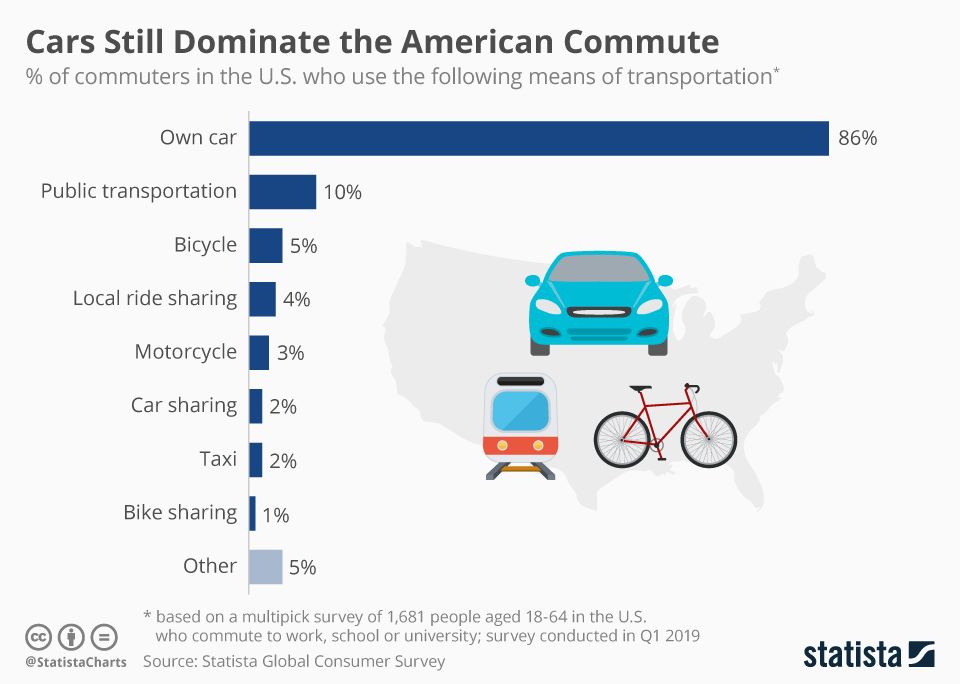 Of course, there are a lot of variables that go into these statistics. For instance, the more you drive your car, the more likely you will experience a flat tire.
Of course, there are a lot of variables that go into these statistics. For instance, the more you drive your car, the more likely you will experience a flat tire.
How dangerous is this, and in general, is it worth worrying about this seriously?
Maxim Stroker
There are several reasons why a tire may be flat. The first is related to the leakage of the nipple. Because of it, the air slowly leaves the tire, the pressure drops, the tire imperceptibly deflates. This process, as a rule, is not fast, and the car owner does not immediately notice changes in the shape of automobile rubber. But at some point, he draws attention to the clear differences between the two wheels of his car - normal and deflating. nine0009
The second case of a flat tire is a puncture. Moreover, one in which a small nail, screw or similar piece of iron is stuck into the rubber, pierces it through, but remains in it. At the same time, the air, again, will ooze slowly and the driver at first will not understand at all what's what.
At the same time, the air, again, will ooze slowly and the driver at first will not understand at all what's what.
Another option is a slight damage to the disc in the form of a dent or concavity where the tire bead rests on it. Similar “injuries” are formed on the go, when the car gets into a hole at a decent speed, or when the wheel hits hard, for example, on a curb. In the resulting gap between the rubber and the disk, air begins to “poison”. nine0009
In any case, the result is the same: for some time the car drives on a half-flat tire. What is happening? Under the weight of the car and without pressure support inside the tire, to one degree or another, it is crushed. The load and wear begins to be perceived not by the tire tread, but by its sidewalls.
The trouble here is not only that those surfaces that are initially completely unsuitable for such treatment begin to rub against the asphalt. With such operation, among other things, the metal cord in the thickness of the rubber does not work at all correctly.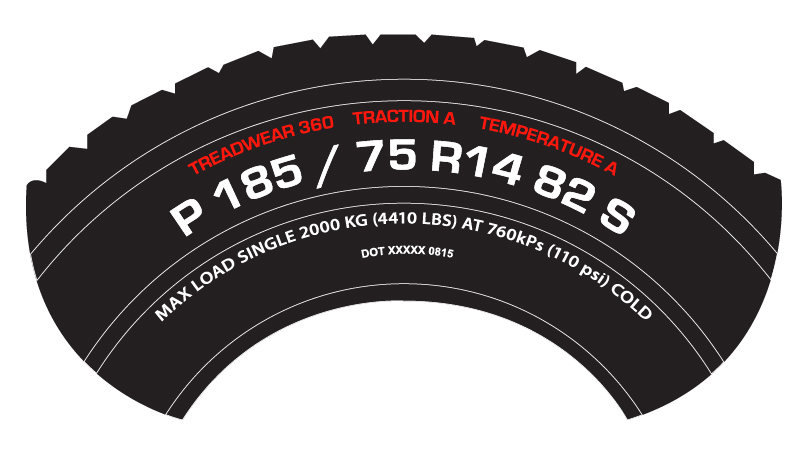 nine0009
nine0009
A half-flat tire has much more rolling resistance than a full and inflated tire. As a result, in addition to an increase in fuel consumption, the car “drags” to the side on the go, and its reactions to control become more “smeared”. At high speed, due to the fault of a half-flat tire, you can lose control of the car literally out of the blue. And even more so in a critical situation.
So, in a good way, you can’t drive on a half-flat tire at all. Ideally, it needs to be urgently pumped up and moved in the direction of the nearest tire shop. But it happens that there is no pump in the car. nine0009
In this case, the degree of air loss from the tire should be critically assessed. If it is clear that the disk does not yet touch its inner side, it is quite possible to drive on it from a dozen kilometers to the place of repair - at a minimum speed, avoiding sharp turns and regular stops to visually monitor the condition.
Driving in this mode gives a good chance that the rubber will not “sting” and it will fit for further use after the tightness is restored.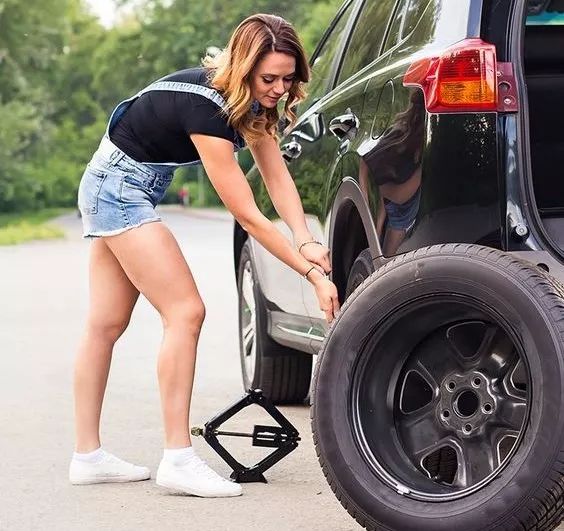 If there is no desire to take such risks, you will have to get a spare wheel. nine0009
If there is no desire to take such risks, you will have to get a spare wheel. nine0009
We get acquainted with the updated large Korean sedan
23077
wheels, summer tires, repair, tires, winter tires
Car tires are the only element of the vehicle that connects it to the road. Often, car owners forget that tires are the most important element of the car, which directly affects our (your) safety. But when the tires begin to wear out, then every driver begins to understand with chagrin that the time has come to spend money on buying new tires. But not always the purchase of new tires saves the driver's position. After all, sometimes such wear of rubber can directly indicate possible malfunctions in the car. In this case, replacing the rubber with a new one may not help. For example, with some types of breakdowns, your new tires can wear out prematurely quickly in a short time. Let's friends analyze and consider with you the 10 (ten) most common types of car tire wear, by which it is quite possible to determine the cause of this wear and find out for yourself the technical condition of this vehicle. nine0009
In this case, replacing the rubber with a new one may not help. For example, with some types of breakdowns, your new tires can wear out prematurely quickly in a short time. Let's friends analyze and consider with you the 10 (ten) most common types of car tire wear, by which it is quite possible to determine the cause of this wear and find out for yourself the technical condition of this vehicle. nine0009
What it looks like. With this type of tire wear, as a rule, the tread in the middle of the tire is worn the most (example in the photo).
Cause: -If the tire wears the most in the center of the wheel, this indicates that the central part of the tread had the most contact with the road surface compared to the tread closer to the edges of the rubber. Consequently, the car on which this rubber was installed had insufficient grip on the road surface itself. Accordingly, the traction of the car was insufficient. nine0009
nine0009
Most often, such wear indicates that the tire was not properly inflated. That is, the tire pressure did not correspond to the pressure recommended by the manufacturer of this car. This type of wear tells us that the owner of this car did not check the pressure in the tires both in cold weather and in sudden changes in temperature outside, at which tire pressure can change significantly.
The thing is, while the tires are cold (for example, after a frosty night), the tire pressure may be lower than recommended by the manufacturer. But after the start of the movement, the pressure in the tires begins to increase from the heating of the air in them. As a result, it turns out that after a certain distance traveled, the tire pressure may exceed the maximum allowable rate recommended by the automaker, and the pumped tire begins to unevenly adhere to the road surface, as a result of which you will observe uneven tire wear in the center of the tread. nine0009
Some motorists often advise to reverse pump wheels to improve handling and reduce fuel consumption. But we want to tell you, it is not justified. Yes, of course, in this way you can slightly reduce the fuel consumption of your car and even improve its handling a little, but in the end you will pay for it with the rapid wear of the tread itself.
But we want to tell you, it is not justified. Yes, of course, in this way you can slightly reduce the fuel consumption of your car and even improve its handling a little, but in the end you will pay for it with the rapid wear of the tread itself.
That is, saving a little money on fuel, you will pay much more. nine0076
What it looks like. Cracks and bulges on the tire sidewall.
Cause: - This usually occurs from hitting a pothole (pit) on the road, a curb, etc. blows. Usually any tire is well protected from such impacts. But, if the tire has insufficient pressure or it is pumped over, then as a result of such an impact there is a high probability and danger that the wheel tire will be damaged. Large cracks on the sidewall of the tire that run along the rim of the wheel tell us that the rubber has been used for a long time with insufficient pressure. Small cracks on the side surface of the rubber already indicate external damage or the age of this rubber (due to age, the rubber composition begins to chemically degrade, causing the tire to begin to crack). nine0009
Small cracks on the side surface of the rubber already indicate external damage or the age of this rubber (due to age, the rubber composition begins to chemically degrade, causing the tire to begin to crack). nine0009
The bulge itself looks like a bulge on the surface of the rubber. Most often, such a protrusion (hernia) appears on the side wall of the tire. Rubber herniation is usually associated with internal damage (rubber layer). This usually occurs due to the side of the wheel hitting a curb, a pole, etc. solid items. Most often, after such a blow, a hernia (protrusion) of the wheel does not immediately appear. That is, after the stroke itself, you can see a hernia only after a week or even after a month. nine0009
If you notice cracks or bulges on a tire, you need to buy new tires as soon as possible.
Be aware that it is very dangerous to use herniated rubber .
What it looks like. According to long-term observations, the dented rubber looks exactly like in the photo. That is, the tire has the form of tubercles and dents. nine0009
According to long-term observations, the dented rubber looks exactly like in the photo. That is, the tire has the form of tubercles and dents. nine0009
Cause: -This type of tire is usually associated with a malfunction of the suspension in the car (wear or damage to the elements of the chassis of the car). Due to a malfunction of the suspension, shock mitigation on bumps is insufficient. Ultimately, the tire begins to experience overload from impacts, thereby taking on the maximum load. But this load is distributed over the entire tread surface unevenly and differently. As a result, some areas of the tread take on more of the load than others, and this further contributes to the formation of dents and bumps on the tire itself. nine0009
Most often, this appearance of used tires is associated with poor shock absorbers. Although it is also worth noting that any parts of the car's suspension that are out of order can cause such wear at any time.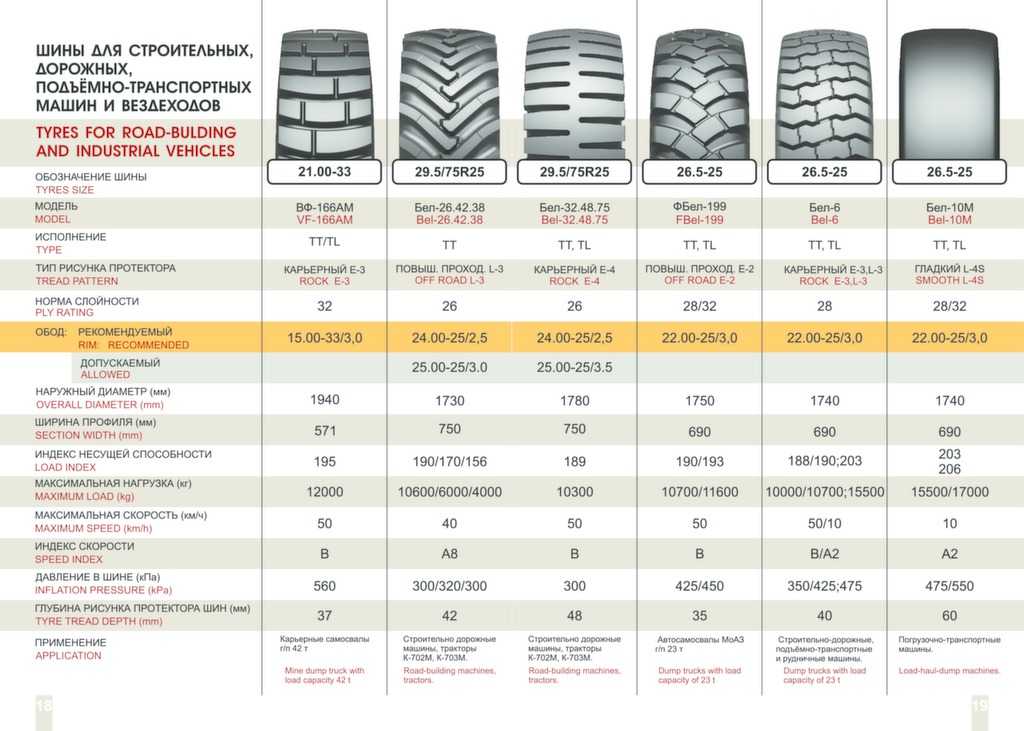
We advise you friends in case of detection of such tire deformation, to make a complete diagnosis of the suspension and car struts, going directly to the technical center. We do not recommend contacting a tire fitting with a similar problem in order to determine the cause of the change in the shape of the wheels. It is not uncommon that tire workers themselves do not know what can cause irregularities (dents, bumps) on the tread surface. nine0009
Most often, tire workers claim and believe that the reason for this is incorrect camber. But this is not a fact. As we said above, this reason may be related to the same failure of the shock absorber (s). How it looks like Diagonal dent on the tread surface with uneven wear on the tire surface. nine0009
Cause: - This problem most often occurs on rear wheels of front wheel drive vehicles where the camber is set incorrectly. Also, such a deformation of the wheel may be associated with an insufficient rotation interval, and sometimes such a change in the appearance of the tire may be associated with the frequent transportation of heavy loads in the trunk or in the passenger compartment of a car.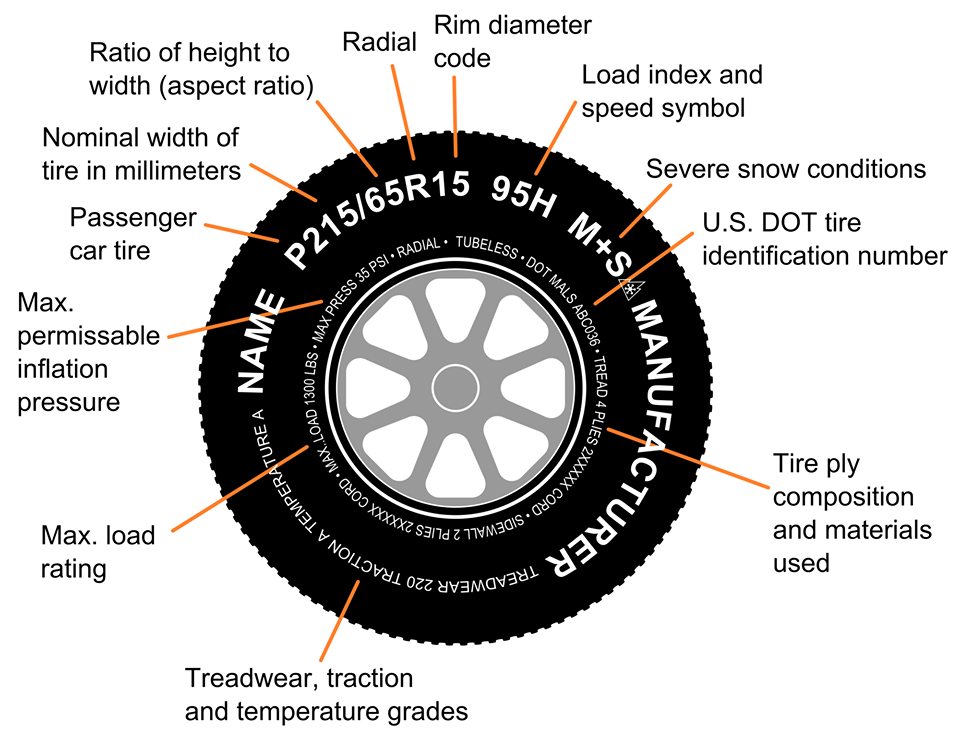
A heavy load may well change the geometry of the suspension, resulting in diagonal deformation of the rubber tread surface. nine0076
What it looks like. The inner and outer tread of the wheel has increased wear, while the middle of the tread is significantly less worn.
Cause: - This is the first and surest sign of insufficient tire pressure. That is, such pressure does not correspond to the norm recommended by the car manufacturer. Remember friends that insufficient tire pressure is the most dangerous tire condition. The point is this. With reduced pressure in the tire, it begins to undergo more flexion, and according to the same laws of physics, this means that as the wheel rotates, the tire itself will accumulate more heat. As a result, the rubber will not evenly adhere to the road surface and, accordingly, we will get uneven rubber wear with you.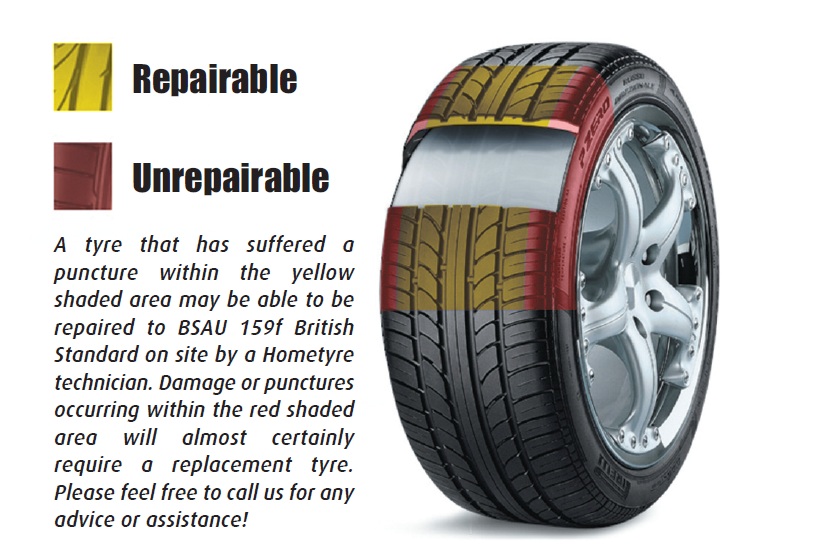 nine0009
nine0009
Also, this lack of tire pressure will cause the rubber to not cushion enough on the road and will naturally have a direct effect on the suspension itself. Over time, this hard impact on the suspension can lead to its premature failure, and at the same time affect the wheel alignment.
How to avoid the problem of underinflated (insufficient pressure) tires? We again return to the same thing that each of the drivers should regularly check the air pressure in the wheels, that is, every month or every time after a sharp drop in temperature outside. It must also be remembered that cooled tires (when parked at night) may show pressure lower than recommended by the car manufacturer. Well, during a long trip by car, due to the heating of the air, the pressure may already exceed this rate. nine0009
We also advise you not to rely on the electronic tire pressure warning system found in many modern vehicles.
The fact is that this system, as a rule, warns us of a change in tire pressure, either when this pressure fluctuates sharply (for example, a sharp drop in tire pressure by more than 25%), or when such pressure drops significantly in for a long time.
In other words, we can say that this tire pressure warning system can only work when the tire pressure is significantly less than necessary by an order of magnitude. And this means that you run the risk of driving for a long time on wheels with insufficient air pressure .
What it looks like. Side tread blocks usually similar to the plumage of birds have a special wear. The lower edges of the tread blocks are rounded, while the higher edges of the blocks remain sharp. Note that you cannot visually notice this type of wear. This can only be understood when examining the tread from the edge and by touch, i.e., it can only be understood with the help of hands. nine0009
Cause: - With this type of tread wear, the ball joints and the wheel bearing must first be checked.
It is also necessary to check the stabilizer bushing, which, in case of failure, can lead to improper operation of the suspension stabilizer itself, which ultimately will lead to this type of rubber tread wear.
What it looks like. One spot on a wheel has more wear than the other spot.
Cause: -Single wear spots on the surface of the tire are often found when forced to brake hard or during a sharp skid, as well as when taxiing out of a serious situation in order to avoid an impact (for example, if an elk or other animal did not suddenly run out onto the road ). Especially such (similar) wear will be visible after heavy braking with simultaneous skidding if the car does not have an anti-lock braking system. nine0009
The thing is, when braking hard and steering away from the impact, a car without ABS is more prone to skidding with locked wheels, which will lead to something like this kind of worn spot on the tire tread.
Tire stains can also appear in cars that have been parked for a long time and have not been driven anywhere.
Remember friends that when you park your car for a long time, you risk tires where wear spots will appear on the tires due to the uneven distribution of the weight of the car.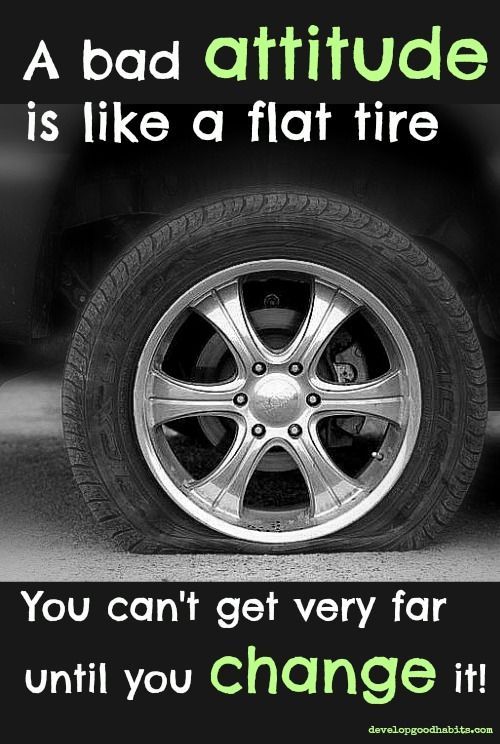 The fact is that during parking, the rubber tread does not fully come into contact with the surface, and as a result, a certain section of rubber begins to deform from this long parking. nine0076
The fact is that during parking, the rubber tread does not fully come into contact with the surface, and as a result, a certain section of rubber begins to deform from this long parking. nine0076
What it looks like. The leading edge of the tread block is worn and the rear of the tread block has sharper corners. Please note that this type of wear may not be visible during visual inspection. Therefore, it is necessary to check the tire tread from the edge by hand. If you notice that some tread corners are sharper (like hacksaw teeth) compared to other tread edges that are smoother, then this is real tread wear and not the norm, as many drivers usually assume. nine0009
Cause: - This is the most common tire wear. Since this type of tire wear is very common and many car owners first of all think that this is the norm, this is far from being the case. In fact, this wear indicates to us that the wheel has insufficient rotation and therefore, it is necessary to check the technical condition of your machine in a technical center.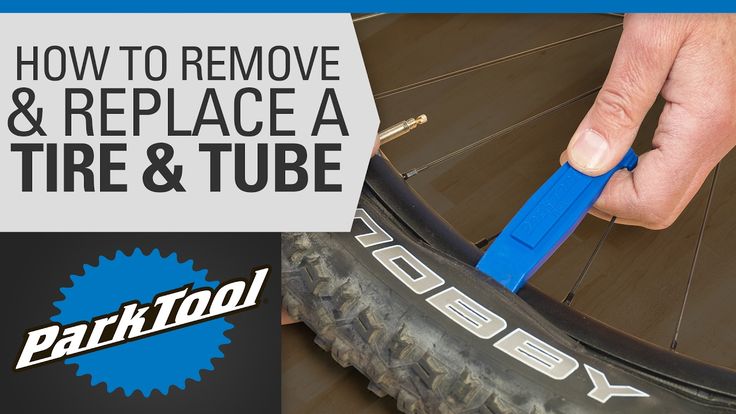
Most often, this reason is associated with: wear of suspension elements (salint blocks), wear of ball bearings, and wear of the wheel bearing. nine0076
What it looks like. One side of the tire is worn more than the other.
Cause: -Usually, with this type of wear, the cause may be incorrect alignment of the vehicle. This type of uneven wear of the rubber tread is primarily due to the fact that the wheel is uneven on the road surface due to improper wheel alignment.
To align the wheel with the road surface you need to adjust the camber. nine0009
Similar wear can also occur: with damaged springs, ball joints and damaged suspension bushings. Including this one-sided uneven wear of the tread can also appear when transporting heavy loads on this vehicle.
In addition, some high-performance sports cars have a special wheel alignment that causes this uneven tire wear.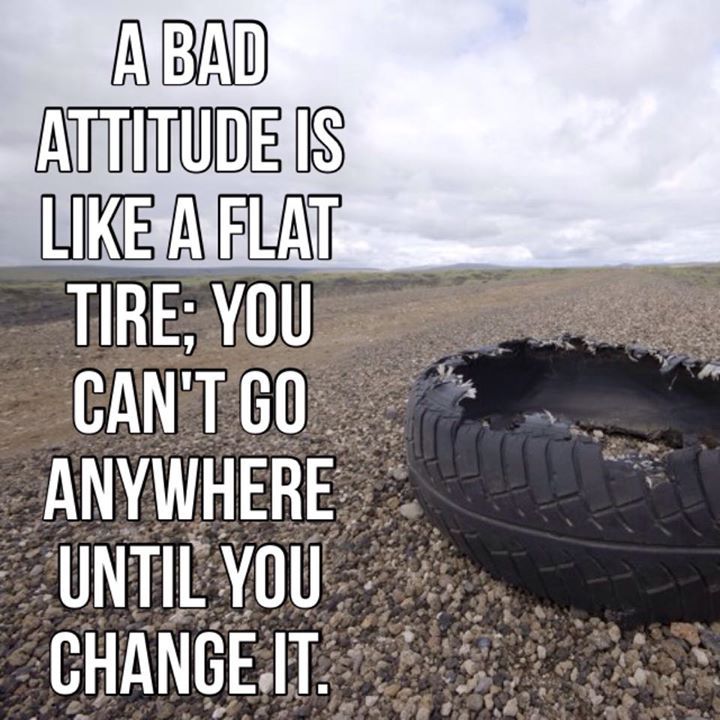 But this is rare.
But this is rare.
What it looks like. Many tires have wear indicators between the tread. As a rule, these are special inserts that help you determine by eye when it is necessary to replace worn tires with new ones. Usually the height of these inserts is lower than the height of the tread itself. As soon as the tire tread height is equal to the wear indicators, it is necessary to purchase new tires.
Reason: -Usually, this replacement of rubber should occur after the tread height has become lower than recommended by the tire manufacturer. It's not always easy to tell by eye. Therefore, many tire manufacturers install wear indicators on tires (between the tread). As soon as the tread height wears down to the height that the indicators have, then it's time to change the wheels to new ones.
A rubber tread with a certain depth is needed to keep water away from the tire and prevent the car from hydroplaning on wet roads.